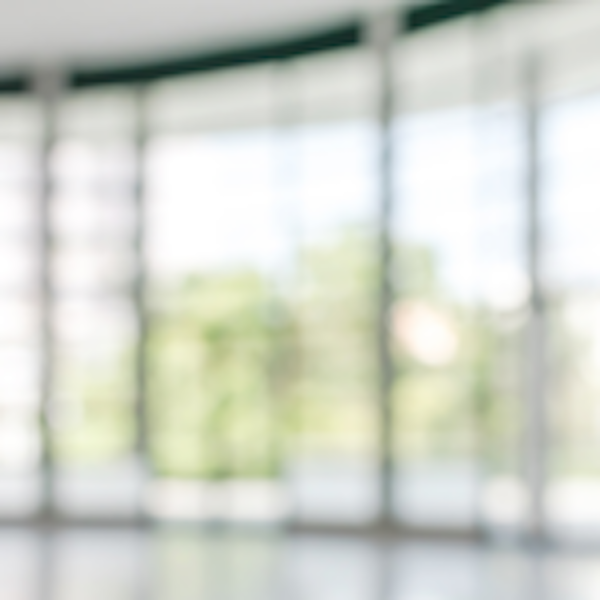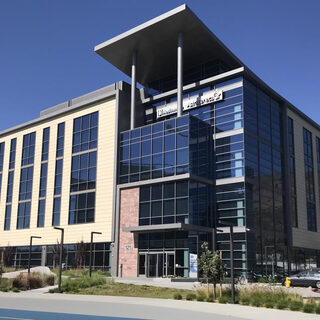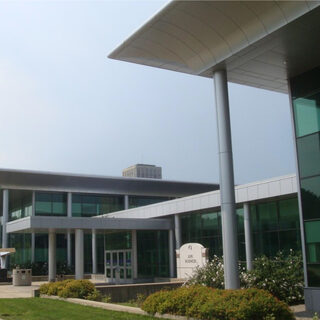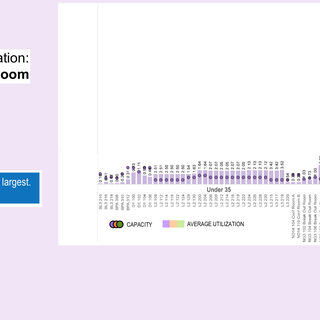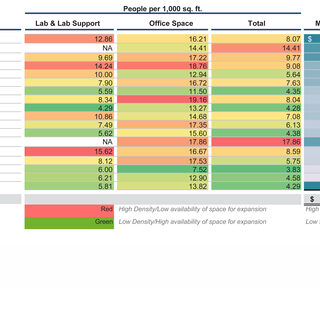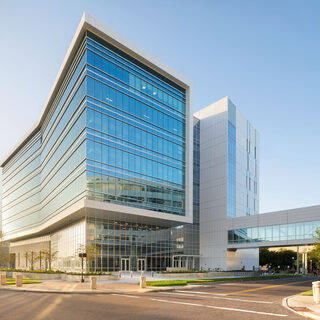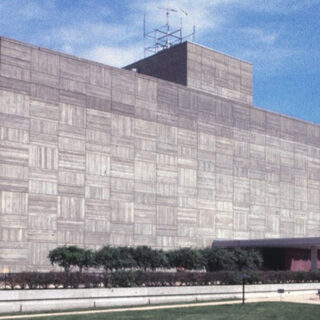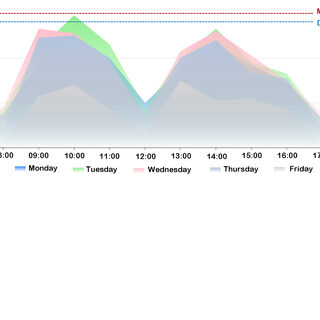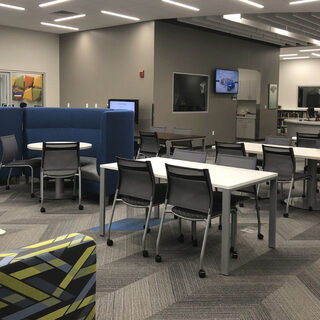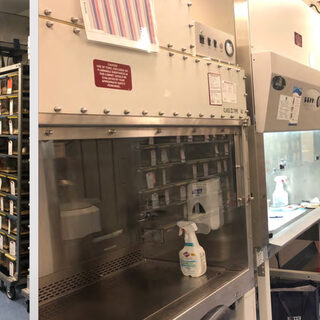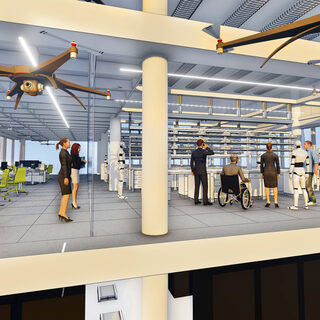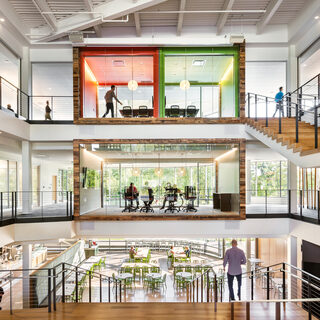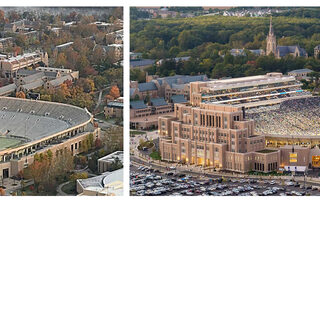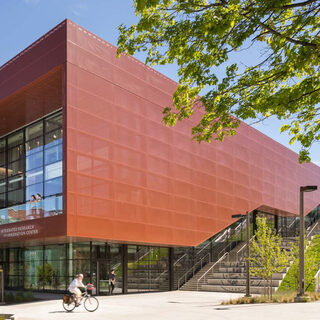The University of Missouri (MU) will eliminate 750,000 sf of education and general facilities space by 2023 in order to reduce costs and improve overall space quality and utilization. The initiative will allow the university to save approximately $153 million in deferred maintenance, capital renewal, and plant adaption costs, as well as about $5 million in annual operating costs. It’s an ambitious undertaking, considering that the 1,200-acre main campus in Columbia, Mo., has 7 million sf of education and general facility space spread across 185 major buildings. To meet the 10 percent reduction goal over the next four years, the university will strategically demolish, divest, relocate, and rebuild a data-driven selection of aging or under-utilized buildings.

